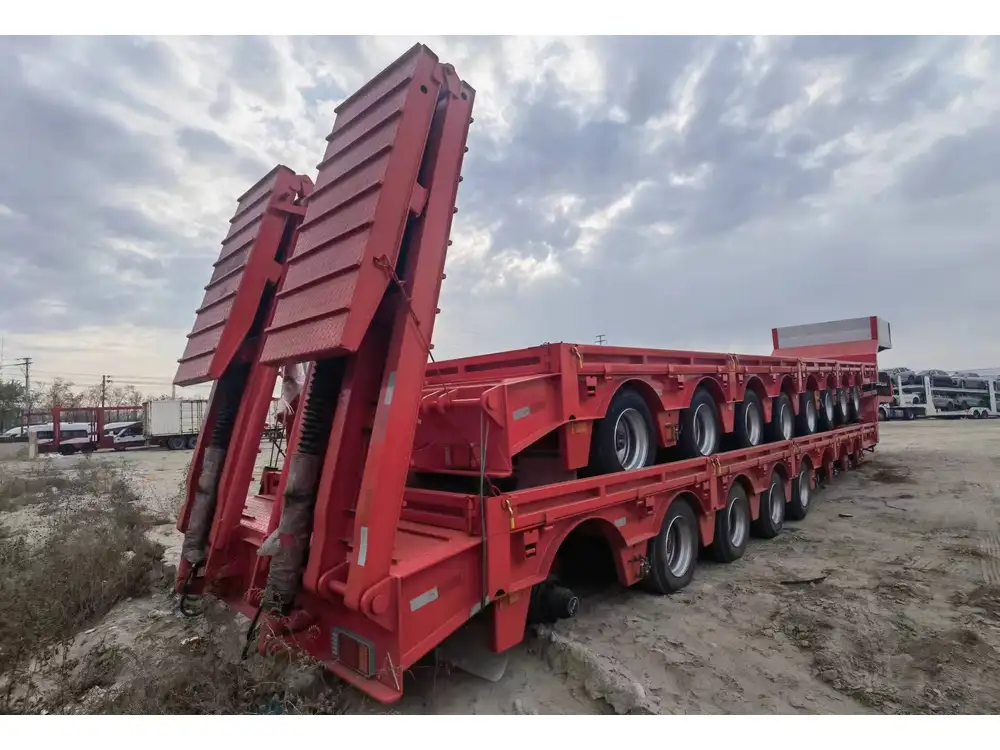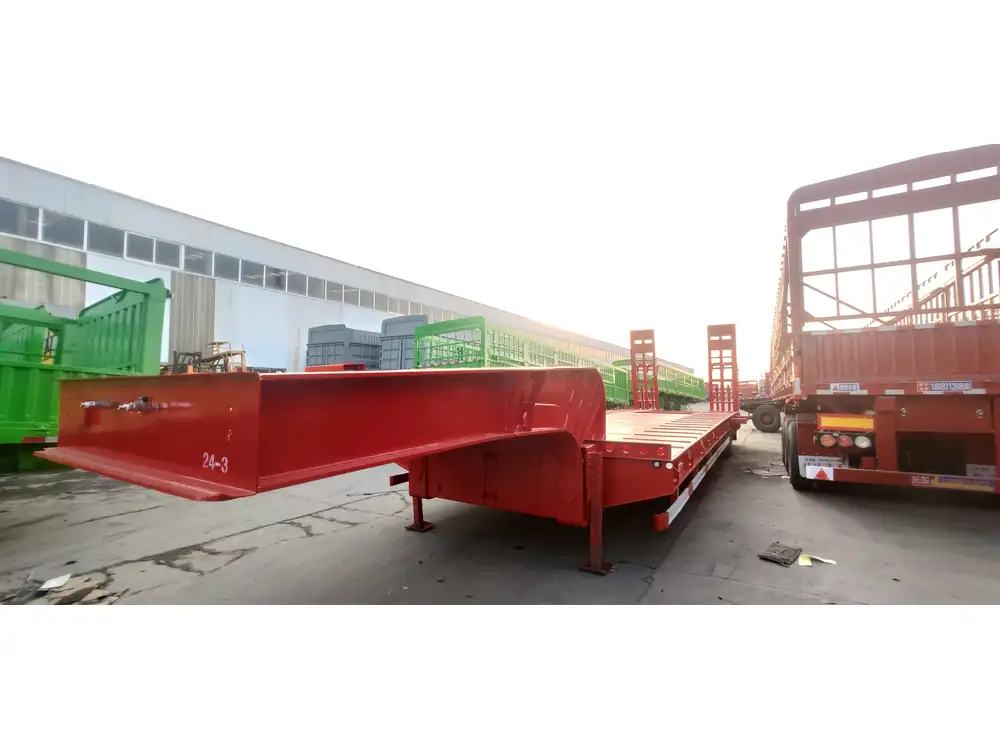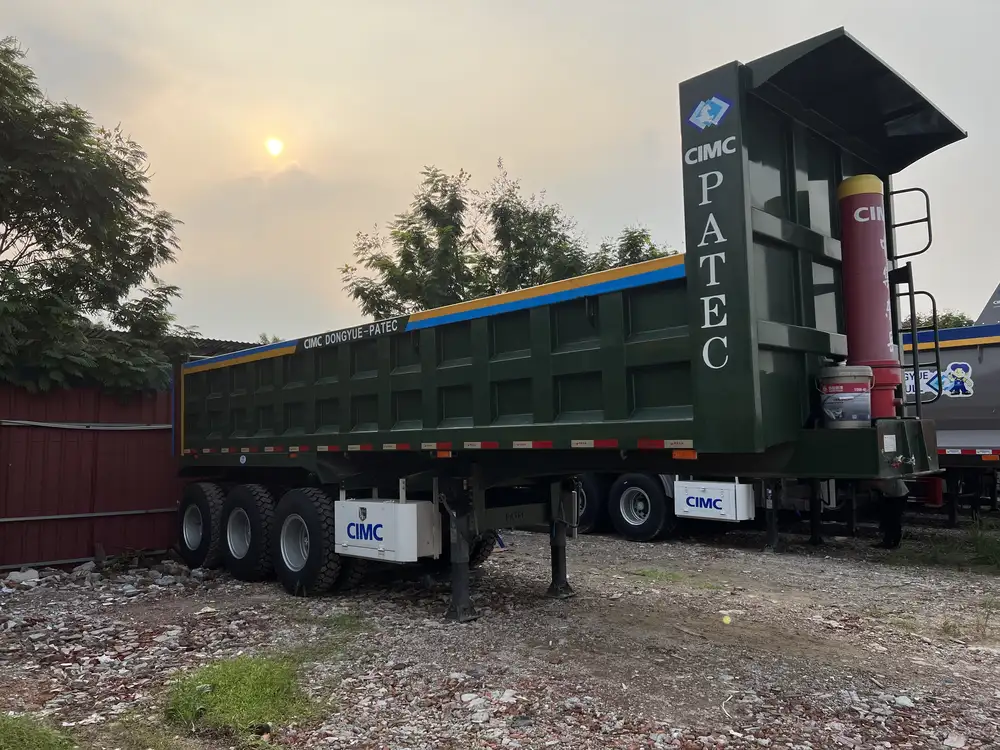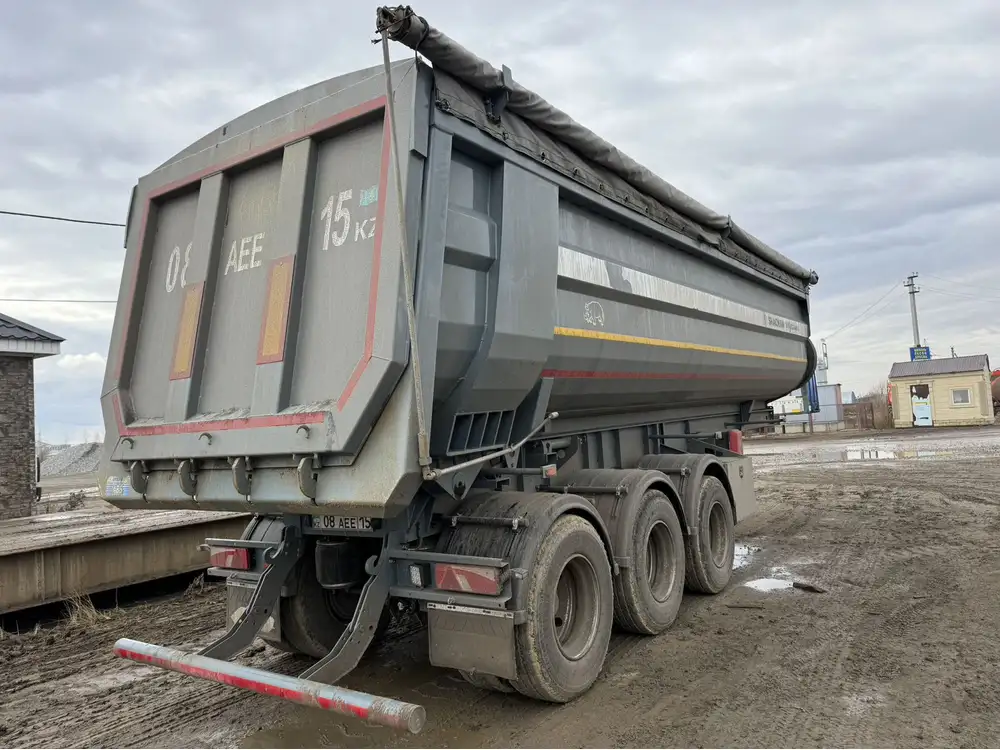Transporting heavy machinery, such as industrial shredders, requires meticulous planning and execution. It not only ensures the safety of the equipment and other vehicles on the road but also upholds compliance with transport regulations. This guide serves as a detailed blueprint on how to seamlessly and safely transport a shredder onto a flatbed trailer, focusing on essential steps, considerations, and best practices.
Understanding Your Shredder
Types of Shredders
Before diving into the transportation process, it’s crucial to understand the type of shredder you are dealing with. Here are common types:
| Type of Shredder | Specifications | Common Uses |
|---|---|---|
| Industrial Shredder | Heavy-duty, multiple blades | Wood waste, plastics, metals |
| Office Shredder | Smaller, single or cross-cut | Paper waste in offices |
| Mobile Shredder | Mounted on wheels, portable | Construction sites, recycling |

Key Specifications to Note
- Weight: Know the weight of your shredder to select an appropriate flatbed trailer and towing vehicle.
- Dimensions: Make note of its height, width, and length to ensure it fits securely on the trailer.
- Power Source: Identify if the shredder is electric or fuel-powered, as this may influence loading procedures.
Preparing for Transportation
Necessary Equipment and Tools
To successfully transport a shredder onto a flatbed trailer, gather the following:
- Flatbed Trailer: Choose a trailer with a weight capacity exceeding the shredder’s weight.
- Loading Equipment: Including a forklift or crane if the shredder is excessively heavy.
- Straps and Tie-downs: For securing the shredder during transit.
- Safety Gear: Hard hats, gloves, and reflective vests must be worn by all personnel involved in the loading process.

Safety Precautions
- Assess the Site: Ensure the area where the shredder is currently located allows for a clear path to the trailer.
- Inspect Equipment: Prior to transport, ensure all equipment, including the trailer and loading gear, are in good working condition.
- Create a Loading Plan: Document each step of the loading procedure and assign roles to personnel.
Step-by-Step Guide to Loading the Shredder
Step 1: Setting Up the Trailer
- Position the Flatbed Trailer: Park it on stable, flat ground adjacent to the shredder.
- Lower the Trailer Bed: If adjustable, lower the bed to create a slight incline, easing loading.

Step 2: Preparing the Shredder
- Disconnect Power Source: Turn off the machine and disconnect any power cables.
- Secure Loose Parts: Check for any detachable components and secure them or remove them to avoid damage during transport.
Step 3: Loading the Shredder
- Utilizing a Forklift or Crane:
- With Forklift: Drive the forklift carefully under the shredder, ensuring forks are positioned under the center of gravity.
- With Crane: Hook slings or chains to designated lifting points on the shredder.
- Lift the Shredder: Gradually lift the shredder, keeping it balanced. Ensure all personnel are clear of the area before lifting.
- Position Over the Flatbed: Move the shredder over the center of the trailer, maintaining a steady hand.
Step 4: Securing the Load
- Lower the Shredder: Carefully lower the shredder onto the trailer bed.
Tie it Down: Use heavy-duty straps or chains to secure the shredder. Attach these to anchor points on the trailer. Here’s how to do it effectively:
Technique Description Ratchet Straps Run along the length or width; tighten using a ratchet mechanism. Chain Bindings Ideal for very heavy equipment; more secure and less stretch. Wheel Chocks Place behind wheels to prevent movement during transit.

Step 5: Final Checks
- Inspection: Inspect all ties and ensure the shredder is secure before moving.
- Compliance Check: Verify that the load meets all local transportation regulations.
Traveling with the Shredder
Driving Considerations
- Route Planning: Select a route with minimal sharp turns and obstacles, avoiding any low bridges or narrow roads.
- Speed Limit: Adhere to local speed limits, particularly when transporting heavy equipment.
- Frequent Checks: Stop regularly to verify that the load remains secure throughout the journey.

Regulations and Legal Requirements
Transporting oversized or heavy equipment often requires special permits. Consult local authorities to ensure compliance with weight limits, permitting, and safety regulations.
Unloading the Shredder at Its Destination
Step 1: Preparing for Unloading
- Survey the Unloading Area: Before unloading, check the area for space to maneuver and set up.
- Notify Personnel: Ensure that everyone involved in the unloading process is informed and equipped with necessary safety gear.

Step 2: Unloading the Shredder
- Positioning: Position the trailer in a safe location for unloading.
- Manual vs. Mechanical Unloading:
- Manual Unloading: Consider this for smaller, lighter shredders.
- Mechanical Unloading: If the shredder is heavy, use a forklift or crane.
Step 3: Final Placement
- Stabilize Upon Landing: Ensure the shredder is placed securely on the ground.
- Reconnect Power: After safely unloading, reconnect the power source and inspect the machine for any damage incurred during transport.
Common Mistakes to Avoid
| Mistake | Potential Consequence |
|---|---|
| Poor Planning | Increased chances of accidents or equipment damage. |
| Neglecting Weight Requirements | Legal penalties, additional fees, or accidents. |
| Inadequate Securing | Risk of load shifting, leading to road hazards. |
| Ignoring Safety Protocols | Possible injury to personnel and damage to equipment. |

Conclusion
Transporting a shredder onto a flatbed trailer is a complex process that demands careful planning and execution. By adhering to best practices in preparation, loading, and unloading, risks can be mitigated, ensuring both the safety of your equipment and compliance with necessary regulations. Understanding the specifics of your shredder, preparing adequately, and following systematic steps eases the transportation process, allowing you to focus on your core operations.
Final Thoughts
Whether you are a seasoned professional or a newcomer to machinery transportation, this guide acts as an essential resource. Achieving successful and safe transport hinges not only on the mechanics of moving the shredder but also on creating a thorough, systematic plan that considers all potential variables and risks. By employing the strategies outlined here, you maximize efficiency and minimize the likelihood of disruptions in your workflow.



